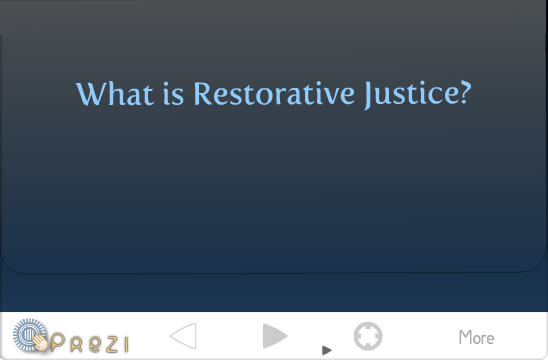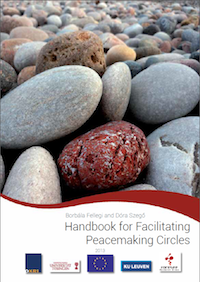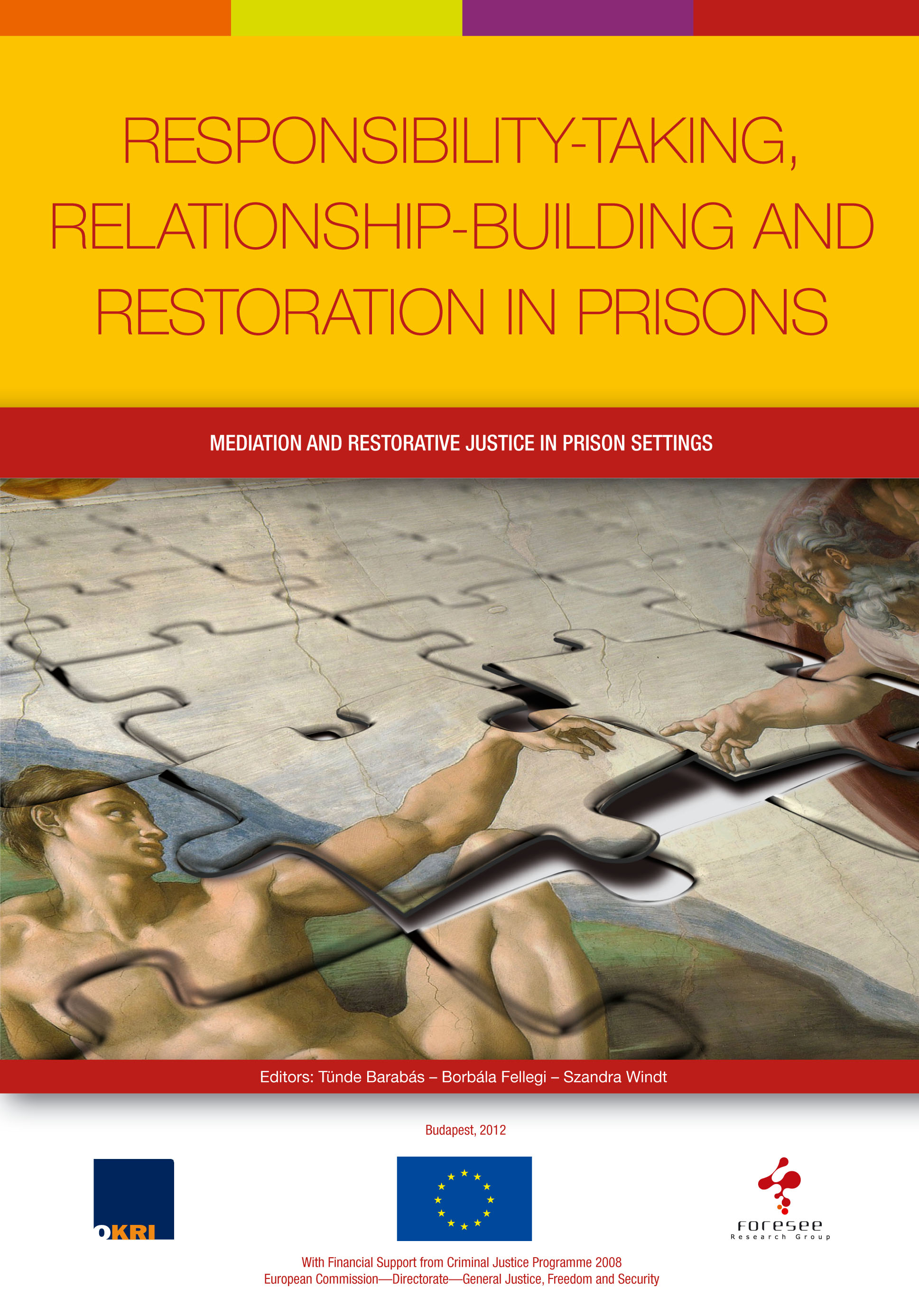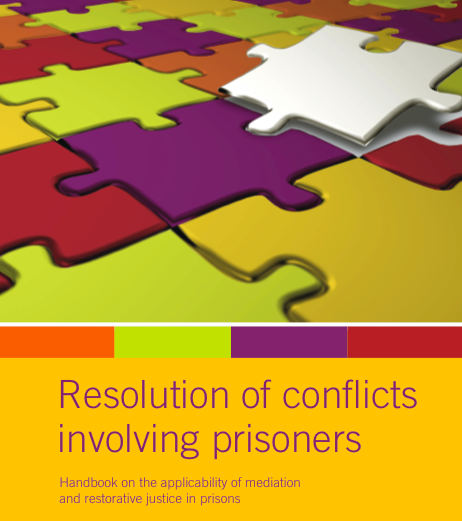My family is having an Italian style of life with sometimes smaller, sometimes bigger conflicts. Now that my sisters and I have left our parents’ house the quarrels have ceased and we spend the weekends in a relaxed and peaceful atmosphere.
However there was a two year period when we were living as a multiple generation family. We were living with my parents, my younger sister, her husband and their son in a two-story family house (my grandma also moved in for the winter months). This was close to a “critical mass”, although I really loved this period because the family worked as a whole but we had quite a lot of friction. The differences in our age and our ways of thinking created a lot of conflicts between parents and children and within couples as well.
One day my sister and her husband asked me to help discuss a conflict. They were after a rough period, where they had health and financial problems and they felt that they have grown apart a little from each other. They were not able to talk, to show their affection or worries towards each other. Whatever they did the other disliked it and disagreed with it. Previously they were not like this, they loved each other very much. Probably this is why they realised their need to change. During the discussion they kept interrupting each other irrespective to all the rules that we agreed in beforehand. I realised that for this situation there is miracle solution, the talking piece, an object that helps facilitating the discussion (the person having the talking piece is allowed to talk) and also holds an important value that the mediator attaches while introducing the object.
I picked a fitness elastic band because it was out in the open but also because it greatly symbolised the flexibility that became an important topic of the discussion. With its help they managed to continue their discussion, got to a common ground and I realised that it wasn’t necessary to mediate them. I left them alone to sort out their problem which they managed to do shortly after.
Their very active six year old son was playing around us during the discussion. It seemed that he is not paying attention; he was playing on his own. He wasn’t disturbing them but he was present all the time.
A few days later my sister called me to share her wonderful story. They were discussing what happened at the kindergarten that day. She and her husband had a lot of questions to their son and they kept interrupting each other. Their son got tired of this and while holding a small ship stopped them and said: “Mum, Dad, please don’t interrupt each other. Whoever has the ship can talk!” Even though it seemed he wasn’t paying attention he remembered that.
Thanks to my nephew and through other kids’ actions I realised how wise they are. They look at the world and others without any prejudice. They could be the wise mediators for every family we just need to recognise them. I needed to learn the method, to get familiar with myself and to change my approach. Or maybe I just needed to surface what I already knew when I was a child? How wonderful it would be if our children would not have to reinvent and re-learn all this.













